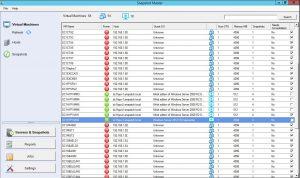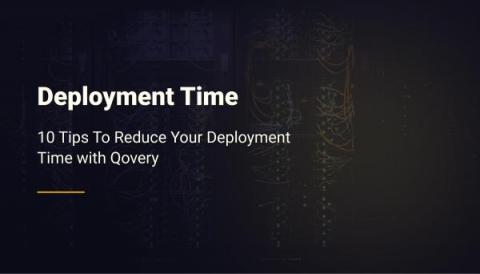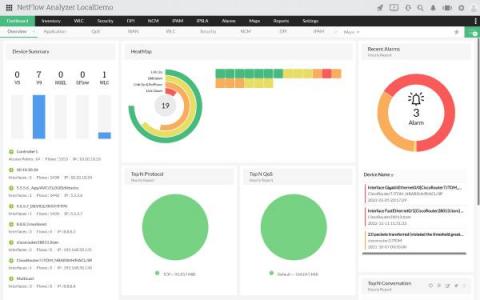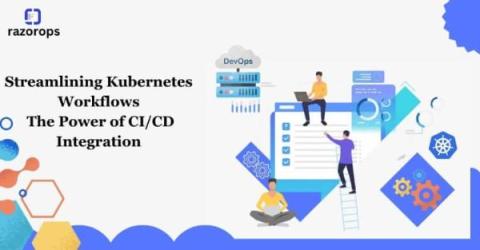Observability vs Monitoring: What's the Difference?
Observability and monitoring: These terms are often used interchangeably, but they represent different approaches to understanding and managing IT infrastructure. If you are new to these terms or are often confused between the two, this blog is for you! In this blog, we'll explore the key concepts of observability and monitoring, their evolution in IT operations, their differences and similarities, and their importance in modern infrastructure.











